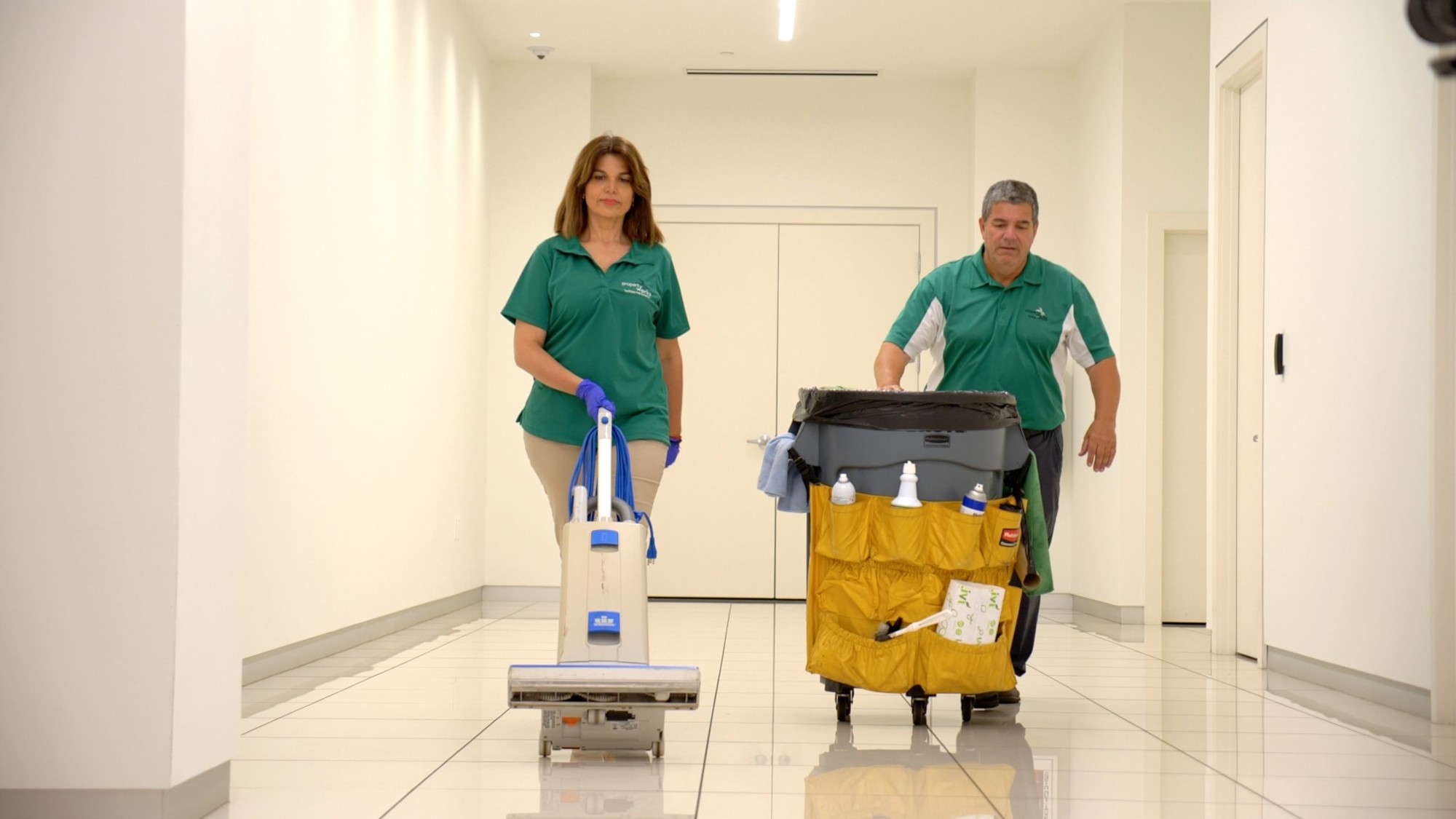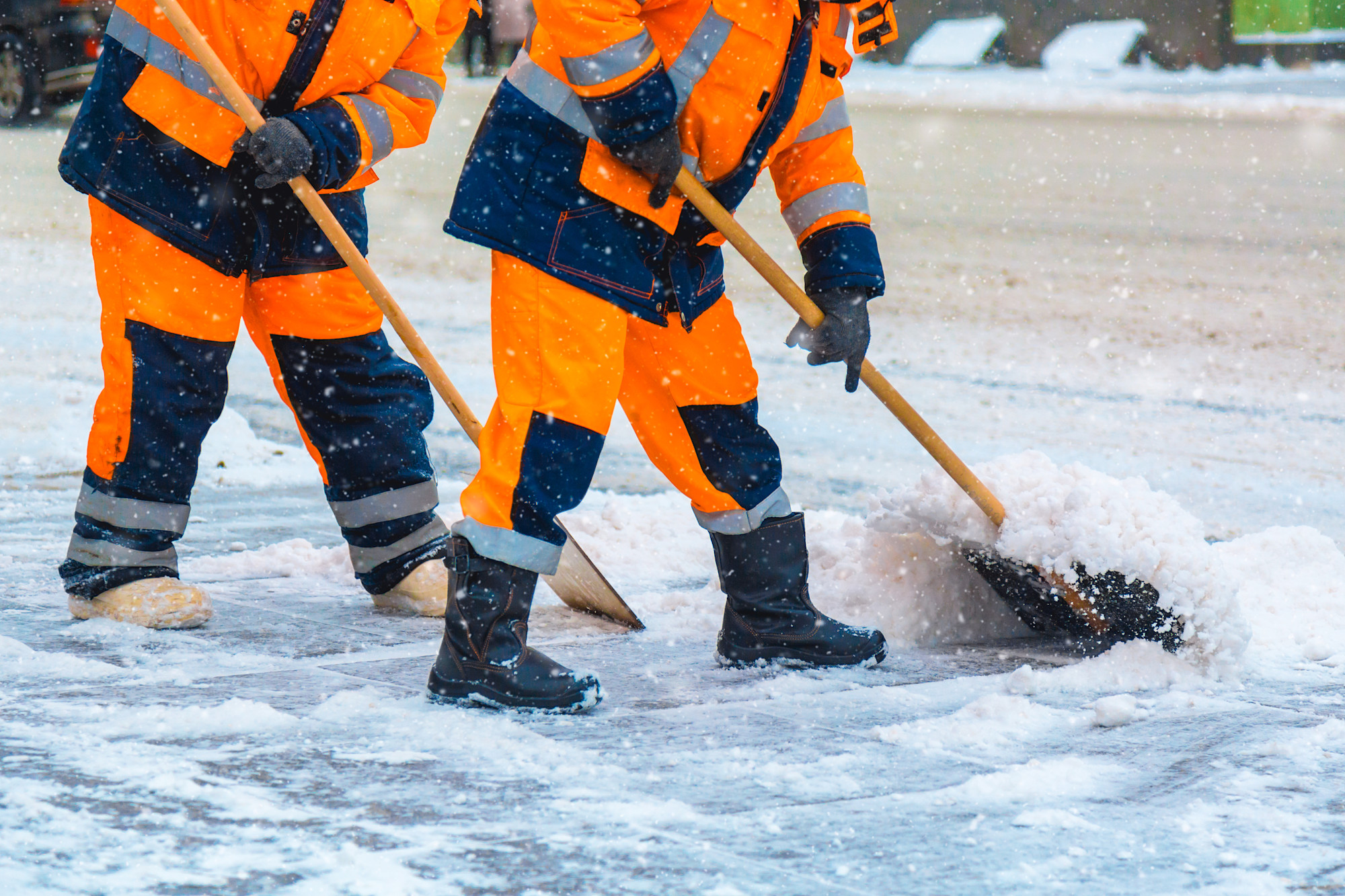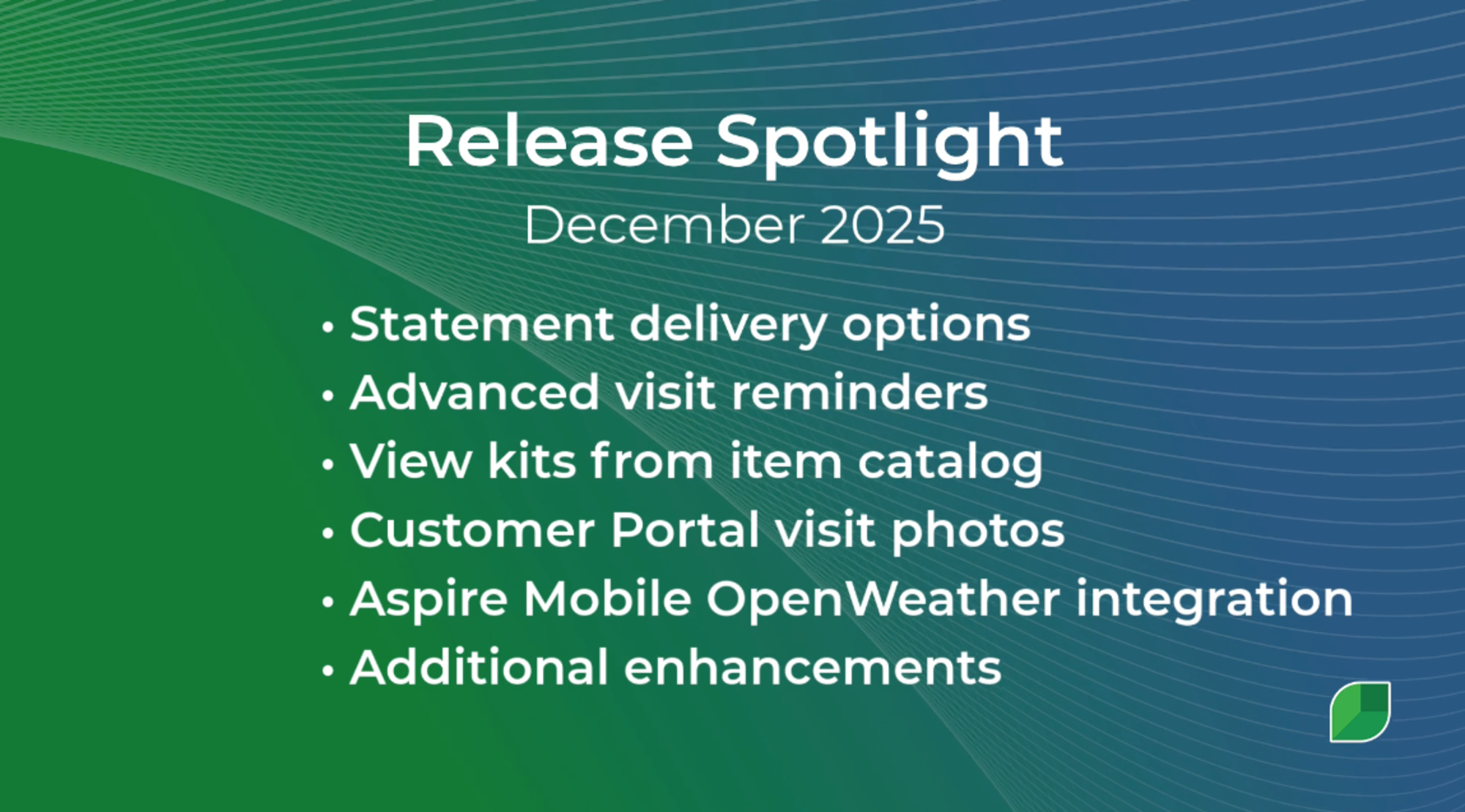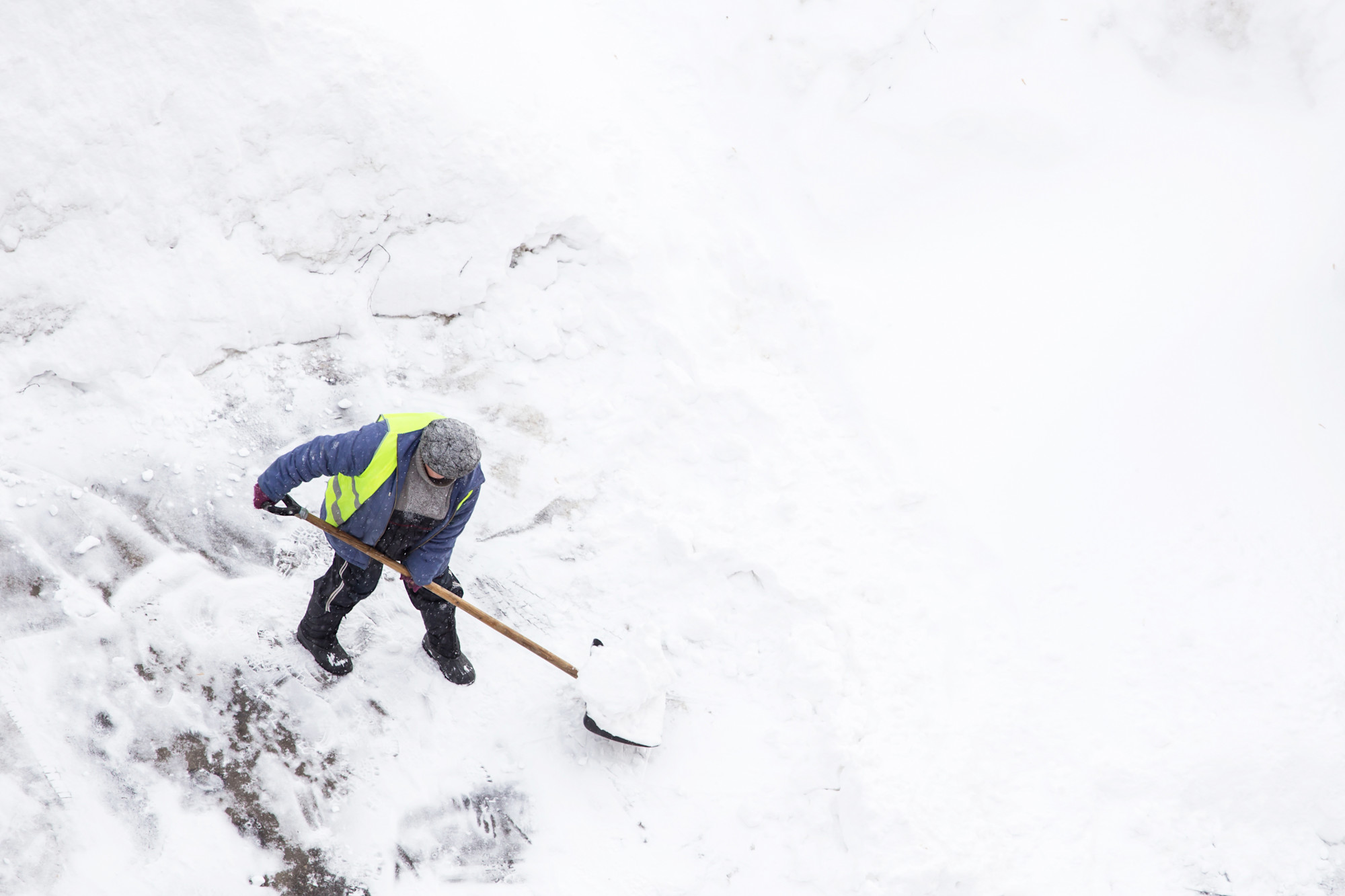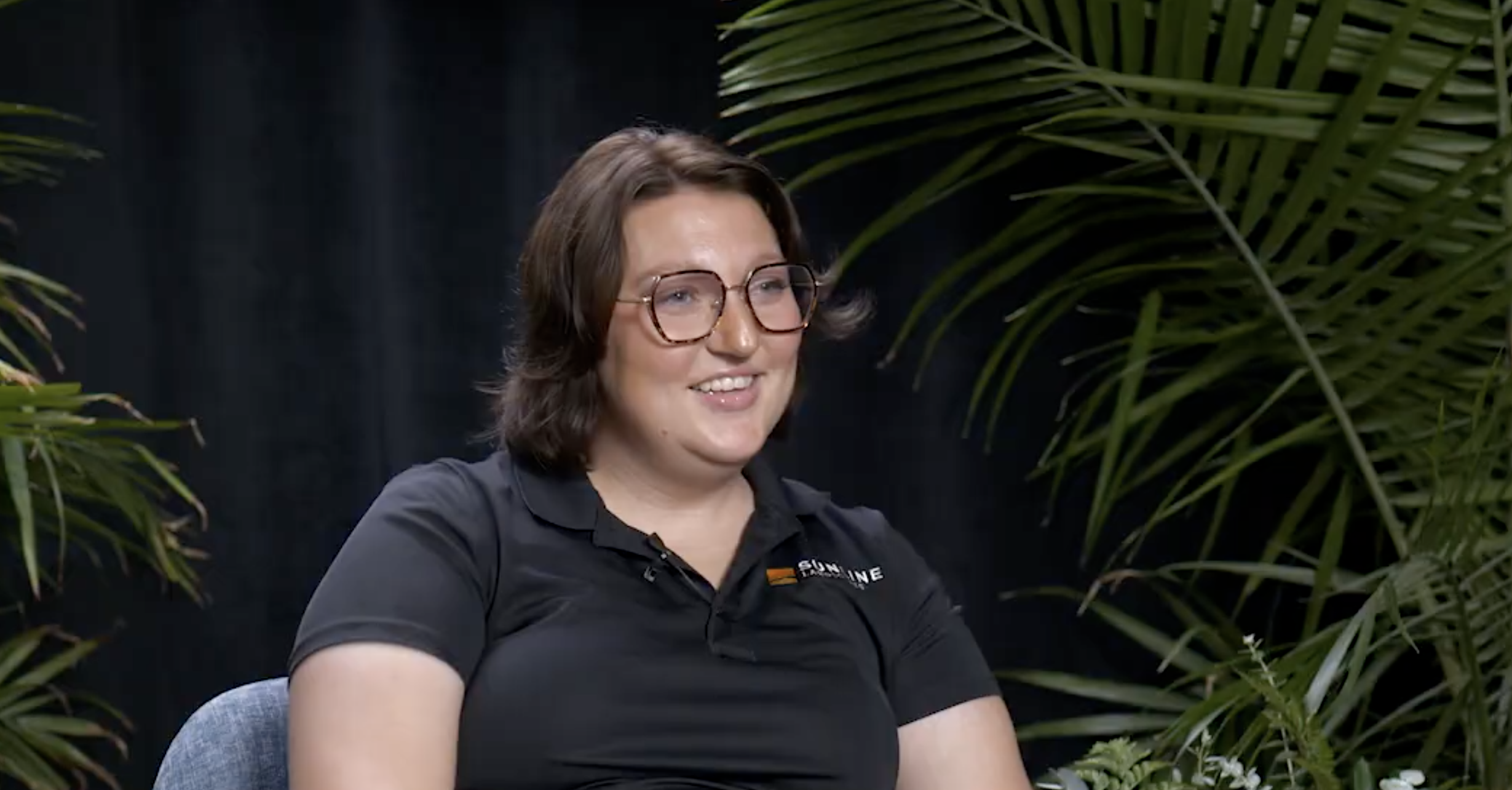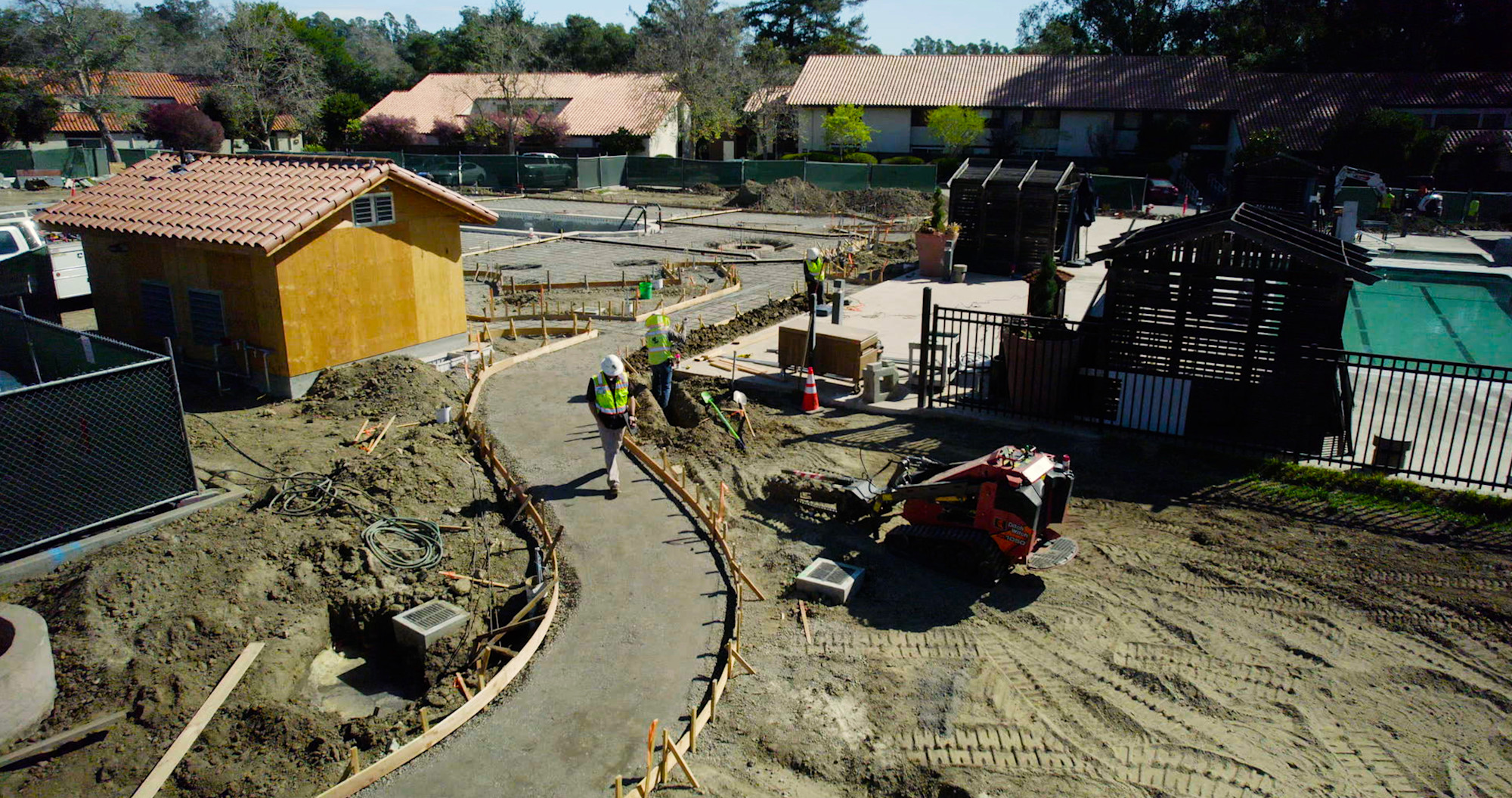A profitable cleaning business relies on strategic pricing, yet project complexities, customer demand, and fluctuating supply costs create challenges in determining the right prices.
According to a 2024 commercial cleaning industry study by Aspire and Thrive Analytics, businesses using incorrect data lose up to 30% or more of revenue.
The right pricing strategy enables cleaning companies to:
Create value for cleaning services
Establish a loyal client base
Increase revenue and profit
This guide provides insight into the best methods for cleaning estimates, profitable pricing models, and factors to consider when bidding on cleaning services.
Industry benchmarks for pricing cleaning services
Use industry benchmarks of standard cleaning rates as a starting point for competitive prices.
The following table shows average prices:
Cleaning Type | Hourly Rate | Flat Fee | Room Rate | Sq Ft Rate |
Standard cleaning | $25 to $90 | $80 to $880 | $30 to $50 | $120 to $880 |
Deep cleaning | $25 to $60 | $80 to $1,800 | $60 to $340 | .10 to .30 cents |
Carpet cleaning | $50 to $100 | $100 to $600 | $40 to $600 | .20 to .40 cents |
Post construction cleaning | $30 to $50 | $50 to $1,500 | Not charged by room | .10 to .50 cents |
Sources: Airtasker, Angi, Fixr, HomeAdvisor, HomeGuide, Thumbtack
Commercial cleaning prices tend to range higher than house cleaning prices. The average cost of commercial cleaning jobs depends on business location, size, and type of cleaning.
Labor-intensive tasks often result in higher costs. For instance, the average price for basic cleaning starts at $25 per hour, compared to $50 per hour for carpet cleaning.
Cleaning trends affecting price include:
Regional trends: Cleaning wages and prices differ by region. Janitors and cleaners earn the highest wages in Hawaii, the West Coast, and New England, which influence cleaning prices.
Economic trends: Material and supply cost hikes due to manufacturing increases or shortages of cleaning product ingredients affect cleaning prices.
Industry trends: Technologically advanced cleaning equipment and eco-friendly products contribute to higher cleaning prices.
How to quote cleaning services
Accurate data and site assessments are essential for building profitable cleaning service quotes. Commercial cleaning estimating is more complex than residential cleaning because of facility sizes, diverse tasks, and client requests.
Follow these steps to create a cleaning service quote.
1. Assess the client’s cleaning requirements
A client assessment provides important details about the cleaning job and the customer’s needs.
Client assessments include:
Communicate with the client: Gather details about client needs, cleaning frequency, and particular tasks, such as deep cleaning services.
Conduct an on-site walk-through: View and measure the cleaning spaces. Identify the number of rooms and types of cleaning services needed to determine how long it will take to clean and the number of people required for the job.
Identify cleaning cost considerations: Determine if the client prefers cleaning during evening or night hours, which affects labor rates. Find out if you purchase hand soap, paper towels, and toilet paper or if the client stocks consumables.
2. Calculate labor costs
To accurately calculate labor costs, you need to know how long cleaners take to clean a certain amount of square feet or complete a specific task.
For instance, if it takes one cleaner one hour to clean 2,000 square feet, your production rate enables you to calculate the number of team members needed to complete the job efficiently.
Factors affecting labor costs include:
Task complexity
Production rates
Employee wages and expenses
Number of team members
Specialized services
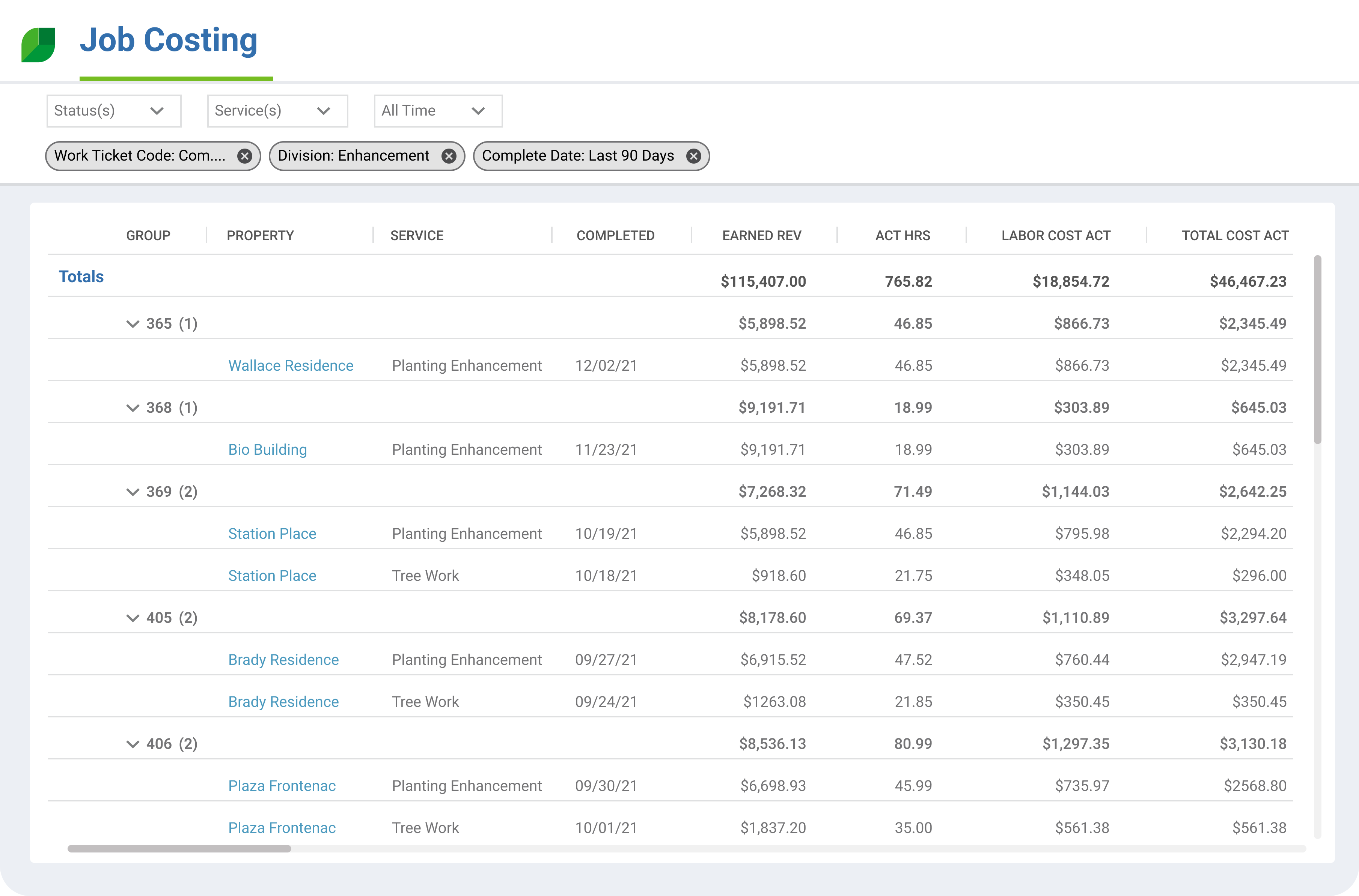
Aspire cleaning business software’s job costing features enable cleaning contractors to understand how estimated labor and materials measure against actual costs. Using an end-to-end management platform provides the data necessary to make proactive, informed job decisions and ensures accuracy for future cleaning bids and estimates.
3. Estimate material costs
Ever-changing cleaning supply costs cause challenges for accurate estimation. Stay informed about current expenses and save money by purchasing cleaning products and supplies in bulk.
Common material costs include:
Brooms and dustpans
Vacuums
Mops
Buckets
Dusters and microfiber cloths
Brushes and sponges
Disinfectants and sanitizers
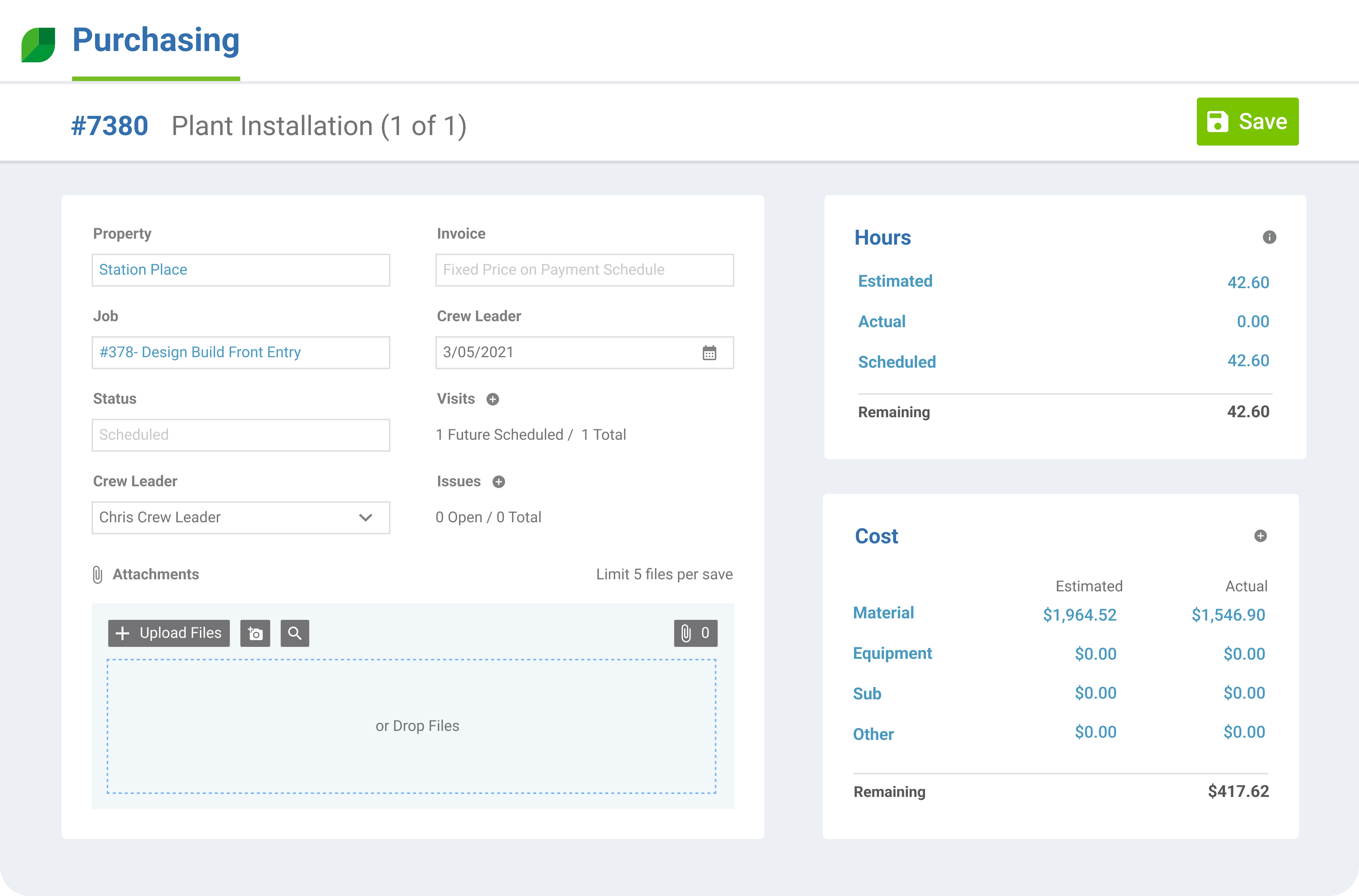
Cleaning contractors who use business software simplify their purchasing processes to save time and money. Aspire’s purchasing features provide a full view of the materials needed for one or multiple scheduled projects. When it’s time to purchase, compare prices to increase savings and profitability.
4. Account for overheads and profit margin
Estimates must include correct overhead expenses and profit margins to sustain business operations.
The overhead costs, or ongoing operational expenses, vary depending on the company.
Overhead expenses include:
Administrative wages
Business and auto insurance
Mortgage or rent payments
Utilities
Vehicle and equipment maintenance
Accurately calculate overhead expenditures with the following steps:
Add all overhead within a specific time
Divide expenses by sales within that same timeframe
Include a profit margin by adding your desired profit percentage, such as 20%
Aspire simplifies estimating with easy-to-use templates and increases profitability with a custom bidding catalog to automatically factor company-specific margins and markups into each item. Once a job begins, track real-time performance to make responsive decisions and increase profit.
5. Consider travel time and distance
When calculating cleaning quotes, factor in travel time, fuel, and vehicle maintenance costs.
→ An office cleaning job 30 miles away includes additional charges to cover travel-related costs compared to a job requiring less travel time.
To calculate fuel costs:
Determine your vehicle’s miles per gallon
Divide the distance of the job by miles per gallon to estimate the required amount of fuel
Consider the following to reduce travel-related costs:
Use business software with route optimization to minimize windshield time and reduce fuel costs
Implement GPS tracking and geo-fenced clock-in/clock-out capabilities to enhance employee accountability
Allow mobile cleaners to start routes from unique locations to cut drive times
Several business expenses, including travel costs, qualify as business tax deductions. Contact a tax professional for guidance about potential tax write-offs.
6. Account for specialized services and add-ons
Specialty or add-on services increase an estimate’s total cost due to additional labor and the use of technical equipment.
Common cleaning service add-ons include:
Deep cleaning
Eco-friendly cleaning
Office upholstery cleaning
Floor buffing, stripping, or waxing
UV-C or electrostatic sprayer disinfection
Wall, vent, and window cleaning
Business move-in/move-out cleaning
Include a discounted price for specialty or add-on services in your estimate to highlight the value and upsell services to clients.
Pricing models to consider for your cleaning business
Pricing models attract clients to your commercial cleaning services and sustain profitability. Many business owners find a combination of pricing models delivers the best results.
Compare the pros and cons of common pricing models to correspond with your business plan and meet client needs.
Hourly rates
Hourly rates charge clients for cleaning services by the hour. They’re commonly used for professional house cleaning services but not often for commercial cleaning.
Hourly rates work best for:
Small business owners cleaning spaces for the first time
Infrequent jobs requiring one cleaner
Cleaning businesses factor in costs and markups to determine a profitable hourly rate. Communicate how you charge clients before submitting the estimate to eliminate surprises and ensure client satisfaction.
Pros | Cons |
Provides estimating leeway Receive pay for time worked Establishes workloading data | Companies earn less if teams work faster than anticipated Commercial clients hesitate to pay by the hour Not suitable for large jobs |
Flat fees
A flat rate charges one fee for services. Clients typically prefer flat fees instead of hourly charges because they know upfront how much the job costs.
A flat fee requires an accurate understanding of:
How long it takes cleaners to clean a specific space
Scope of work
Direct and indirect costs
Determine what other cleaning companies charge in your area to offer a competitive price. This model generates more profit than others when team members work efficiently and complete the job sooner than expected.
Pros | Cons |
Clients know the cost upfront Companies profit from efficient work Simplifies invoicing | Requires accurate estimating Difficult for complex jobs Limits invoicing transparency |
Square footage pricing
The most common commercial and janitorial cleaning pricing method is pricing by square feet.
Square footage pricing enables companies to charge more for a larger job. It’s a straightforward approach but requires accurate data about how long cleaners take to complete specific tasks within a particular space.
Factors influencing square footage pricing include:
Building size
Types of cleaning jobs
Service frequency
Cleaning companies ensure profitability even for time-intensive cleaning jobs by charging more per square foot for specialized tasks.
Pros | Cons |
Straightforward pricing Earn more for larger areas Provides rate flexibility for specialized services | Requires accurate labor costs Each rate involves profitability calculations Easier to compare competitor prices |
Per room pricing
Per-room pricing is typically used by hotel or house cleaning companies, which charge a fee based on the number of rooms.
Consider these variables to determine a profitable price:
Room size
Number of cleaners
Cleaning task complexity
While per-room pricing is straightforward and flexible depending on the type of space, it’s more challenging to account for cleaning variables, such as the number of desks or bathroom fixtures.
Pros | Cons |
Simplified pricing Flexible rates for room types Increased profit for efficient work | Not typically used for commercial spaces Lacks flexibility Difficult to charge for special requests |
Customized quotes
Custom quotes enable cleaning contractors to price jobs profitably based on job size and complexity. It provides the most flexibility because it allows estimators to take into account all job variables.
A custom proposal for large jobs includes several sections. Highlight your experience and expertise in specialized areas to establish value in the proposal.
Include these sections in a custom cleaning proposal:
Executive summary
Company background
Client testimonials
Scope of work
Pricing
Contract terms and conditions
This pricing model needs good communication and client follow-up, while opening the door for potential negotiations for the scope of work or price.
Pros | Cons |
Profitable model Flexible pricing Ability to include complex job details | Demands accurate estimates Potential client negotiation Less suitable for small jobs |
Tiered pricing packages
Tiered pricing plans and packages give clients options for services at different price ranges, increasing the chances for sales and upsells.
An estimate with a tiered pricing structure provides good, better, and best options, encouraging clients to compare your cleaning packages instead of comparing competitor prices. It also enables you to bundle services and offer a higher value to clients.
Since clients typically sign a monthly or yearly contract for cleaning services, this strategy also encourages client retention. If clients are satisfied with your quality of service and price, they’re more likely to remain long-term clients.
Pros | Cons |
Increases sales and revenue Encourages upsells Retains clients | More complex pricing structure Involves communication to establish value Requires contract management |
Factors that affect cleaning service pricing
Before establishing prices, cleaning companies must analyze their local market, target clients, and competitors’ services.
Factors affecting prices include:
Location: Businesses often charge higher prices in larger cities due to increased competition and higher cost of living wages.
Demand: High client demand with few companies offering a particular service corresponds to higher prices, while low demand typically leads to lower prices.
Services: Specialized services involve more labor and technical knowledge, resulting in higher prices.
Competition: Competitor prices affect a company’s pricing strategy and cause lower or higher pricing.
Company objectives: A company’s growth stage and financial goals affect pricing structure.
Cleaning contractors should regularly review and adjust their set prices based on changes in wages, material costs, and profit goals.
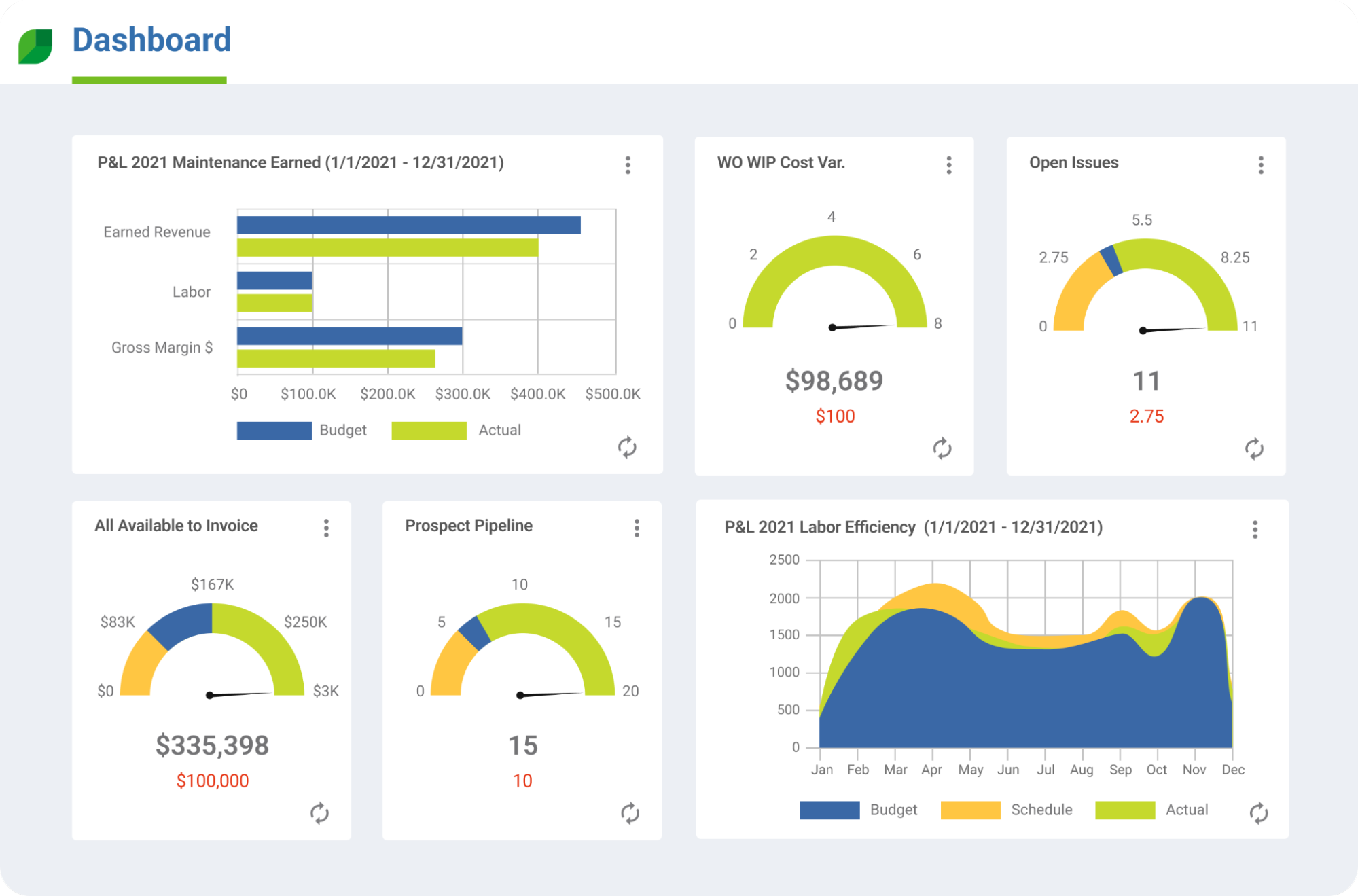
Make pricing easier with the right software
The first step toward maximizing profitability is to understand actual costs.
Aspire cleaning business software provides functional tools to capture costs with access to historical data and real-time job performance.
This enables cleaning contractors to:
Measure actual time and materials against estimates
Bid consistently and profitably for future jobs using customizable templates and kits
Track efficiencies with automated reports and custom dashboards to maximize profits
Aspire provides end-to-end functionality to reduce costs, increase efficiency, and make data-based decisions to boost profit and growth.
Ready to maximize business profit? Schedule a demo today.
